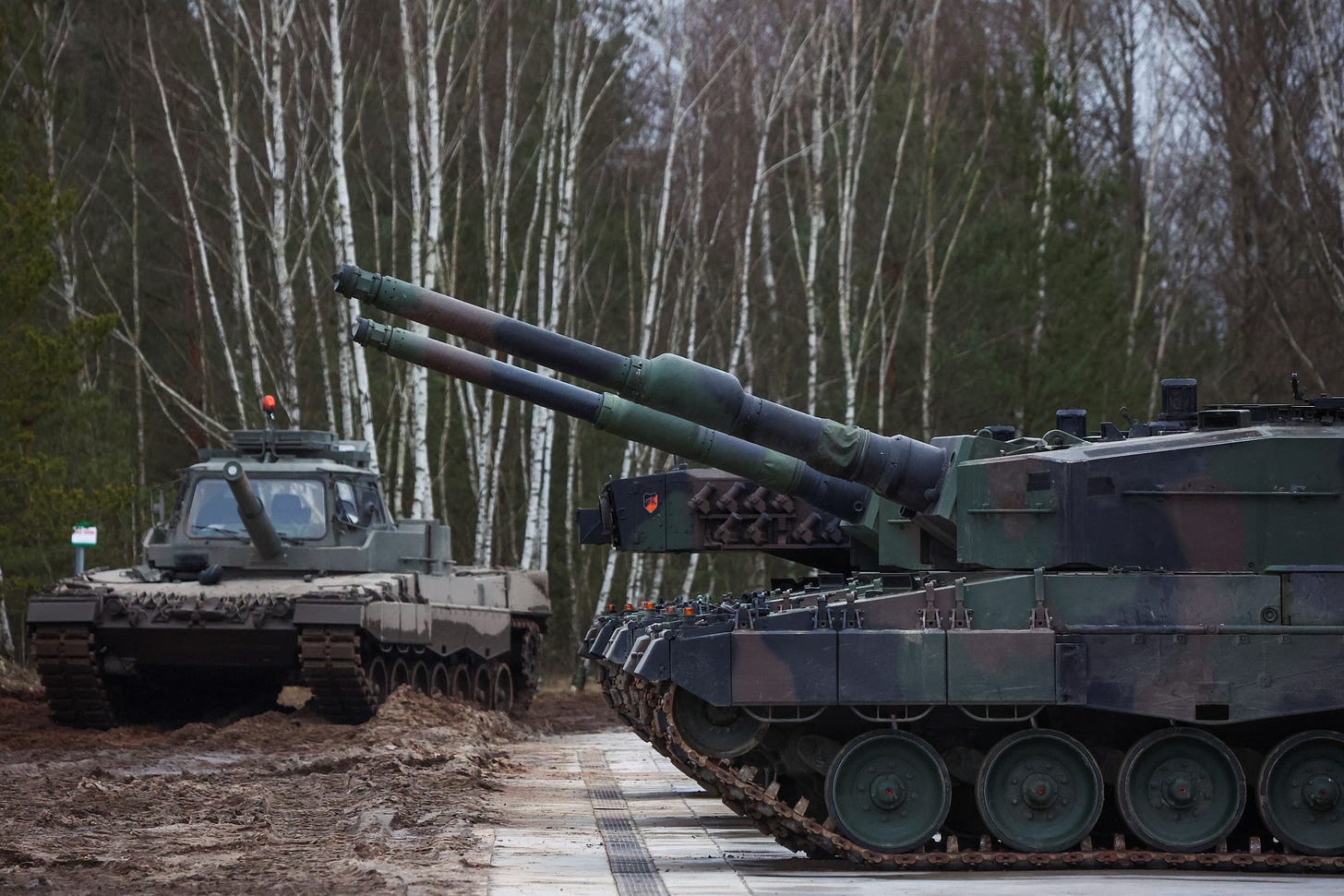Strategic and Institutional Context
Central European nations – notably Poland, the Czech Republic, Slovakia, Hungary, and Austria – have embarked on ambitious multi-year defence programmes in response to a deteriorated security environment. Russia’s 2022 invasion of Ukraine shattered post-Cold War peace and made the threat on NATO’s eastern flank starkly immediate. All five countries have since accelerated defence investments, aligning with and often exceeding NATO guidelines. At NATO’s 2023 Vilnius Summit, Allies agreed that 2% of GDP is now a minimum baseline for defence spending – with the recognition that “in many cases, expenditure beyond 2%” will be required to remedy capability shortfalls. Poland exemplifies this new resolve: it boosted defence outlays from 2.7% of GDP in 2022 to 4.2% in 2024, with plans for 4.7% in 2025 – the highest relative level in NATO. Other Visegrád states are also stepping up. The Czech Republic reached 2% of GDP in 2024 and decided to raise spending to 3% by 2030, increasing by 0.2% of GDP annually from 2026. Slovakia too has moved above the 2% threshold (about 2.2–2.3% in 2024), after meeting the NATO goal early in 2021; it projects further growth to roughly 2.75% of GDP by 2029 as it executes major procurement plans. Hungary, under its Zrínyi 2026 programme, reached 2% by 2024 as initially targeted, and continues to modernize its forces. Even traditionally neutral Austria has revised its stance: Vienna launched a “Defense Plan 2023+” committing ~€17 billion in extra funding by 2032 and set a goal of 2% of GDP for defence by 2032, a remarkable increase from ~0.7% in 2022. These multi-year national programmes signal a historic shift in political will, rooted in the recognition of a more threatening strategic reality.




